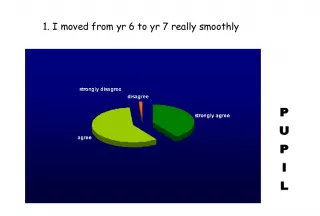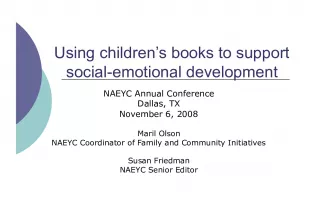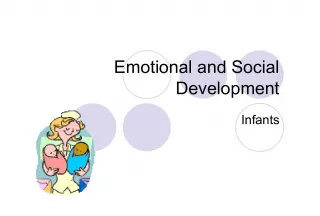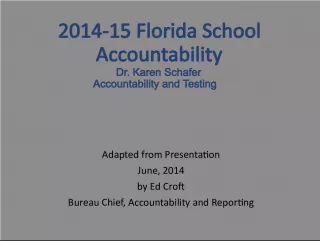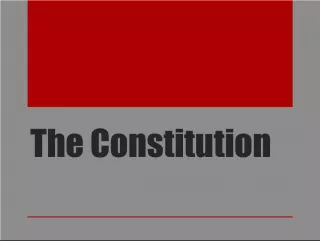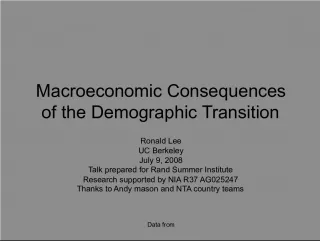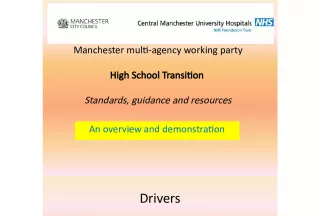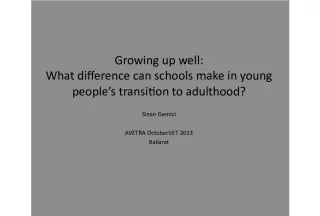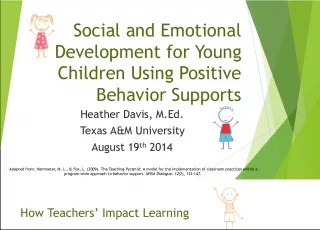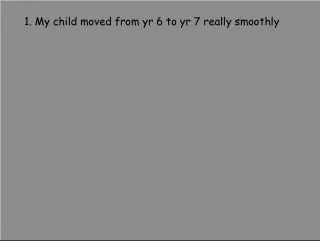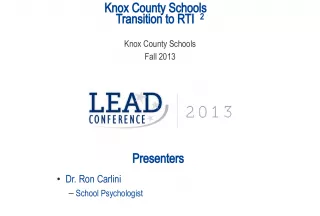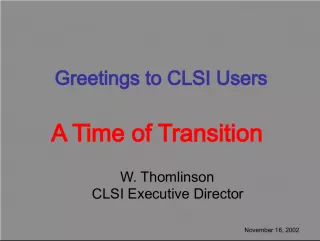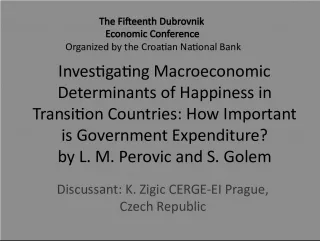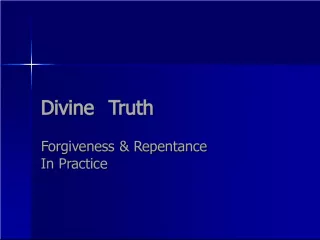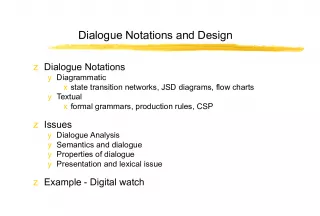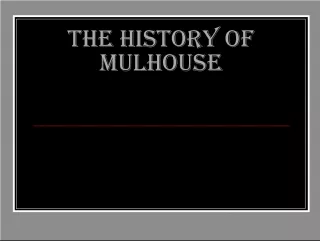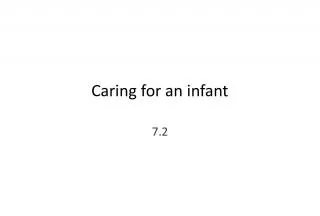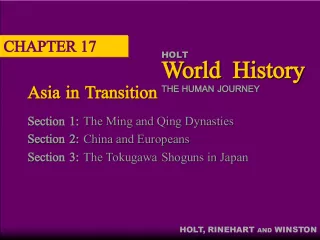The Emotional Transition Towards Independence


In Unit 3 Part 2, we explore the emotional changes that occur as we transition towards independence. This transition involves moving away from reliance on our family and accepting emotional and financial responsibility for ourselves.
- Uploaded on | 0 Views
-
 hunter
hunter
About The Emotional Transition Towards Independence
PowerPoint presentation about 'The Emotional Transition Towards Independence'. This presentation describes the topic on In Unit 3 Part 2, we explore the emotional changes that occur as we transition towards independence. This transition involves moving away from reliance on our family and accepting emotional and financial responsibility for ourselves.. The key topics included in this slideshow are . Download this presentation absolutely free.
Presentation Transcript
Slide1Unit 3- Part 2
Slide2Here the emotional change is from the reliance on the family to acceptance of emotional and financial responsibility for ourselves. Our beliefs and behaviors are now part of our own identity. Also, during this period we develop intimate peer relationships on a deeper level than we had previously and become financially independent.
Slide3The major emotional transition during this phase is through commitment to the new system. Second-order change involves the formation of a marital system and realignment of relationships with extended families and friends that includes our spouses.
Slide4Emotionally we must now accept new members into the system. We adjust the marital system to make space for our children, juggling child rearing, financial and household tasks. Second-order change also occurs with the realignment of relationships with extended family as it opens to include the parenting and grand parenting roles.
Slide5Emotional transitions are hard here for the whole family because we need to increase the flexibility of a family's boundaries to include children's independence and grandparents' frailties. Now there is a new focus on midlife marital and career issues and the beginning shift toward joint caring for the older generation when both children and aging parents demand our attention, creating what is now called the sandwich generation
Slide6This is one of the transitions that can be most emotionally difficult for parents as they now need to accept a multitude of exits from and entries into the family system. Other developmental changes include development of adult-to-adult relationships between us and our grown children, inclusion of in-laws and grandchildren, and dealing with the disabilities and death of our own parents.
Slide7How the family as a unit responds and sees the key emotional principle as accepting the shifting of generational roles. Second-order changes require us to maintain our own interests and functioning as a couple in face of physiological decline. We shift our focus onto the middle generation (the children who are still in stage five) and support them as they launch their own children. Other second-order change includes dealing with the loss of our spouse, siblings, and peers and the preparation for our own death and the end of our generation.
Slide8First Order Change: Changing the individuals in a setting to attempt to fix a problem. Second Order Change: Attending to systems and structures involved with the problem to adjust the person-environment fit

